Starved Rock State Park is a state park in the U.S. state of Illinois, characterized by the many canyons within its 2,630 acres. Located just southeast of the village of Utica, in Deer Park Township, LaSalle County, Illinois, along the south bank of the Illinois River (a major tributary of the Mississippi River) the park hosts over two million visitors annually, the most for any Illinois state park.
 Before European contact, the area was home to Native Americans, particularly the Kaskaskia who lived in the Grand Village of the Illinois across the river. Louis Jolliet and Jacques Marquette were the first Europeans recorded as exploring the region, and by 1683, the French had established Fort St. Louis on a large sandstone butte overlooking the river, they called Le Rocher (the Rock). Later after the French had moved on, according to a local legend, a group of Native Americans of the Illinois Confederation (also called Illiniwek or Illini) pursued by the Ottawa and Potawatomi fled to the butte in the late 18th century. In the legend, around 1769 the Ottawa and Potawatomi besieged the butte until all of the Illiniwek had starved, and the butte became known as "Starved Rock". The area around The Rock was designated a National Historic Landmark in 1960. The park region has been the subject of several archeological studies concerning both native and European settlements, and various other archeological sites associated with the park were added to the National Register of Historic Places in 1998. Before European contact, the area was home to Native Americans, particularly the Kaskaskia who lived in the Grand Village of the Illinois across the river. Louis Jolliet and Jacques Marquette were the first Europeans recorded as exploring the region, and by 1683, the French had established Fort St. Louis on a large sandstone butte overlooking the river, they called Le Rocher (the Rock). Later after the French had moved on, according to a local legend, a group of Native Americans of the Illinois Confederation (also called Illiniwek or Illini) pursued by the Ottawa and Potawatomi fled to the butte in the late 18th century. In the legend, around 1769 the Ottawa and Potawatomi besieged the butte until all of the Illiniwek had starved, and the butte became known as "Starved Rock". The area around The Rock was designated a National Historic Landmark in 1960. The park region has been the subject of several archeological studies concerning both native and European settlements, and various other archeological sites associated with the park were added to the National Register of Historic Places in 1998.
In the late 19th century, parkland was developed as a vacation resort. The resort was acquired by the State of Illinois in 1911 for a state park, which it remains today. Facilities in the park were built by the Civilian Conservation Corps in the 1930s, which have also gained historic designation.
A flood from a melting glacier, approximately 14,000-17,000 years ago led to the topography of the site and its exposed rock canyons. Diverse forest plant life exists in the park and the area supports several wild animal species. |
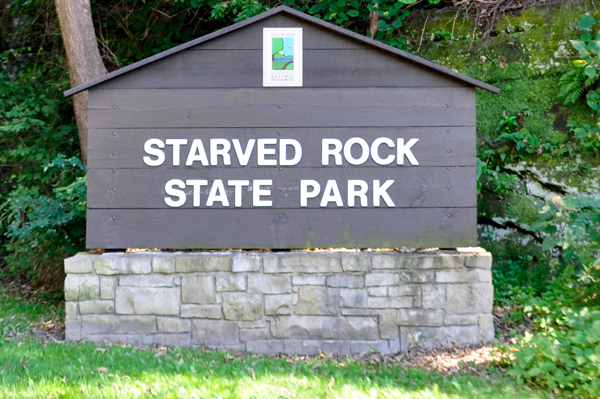 |
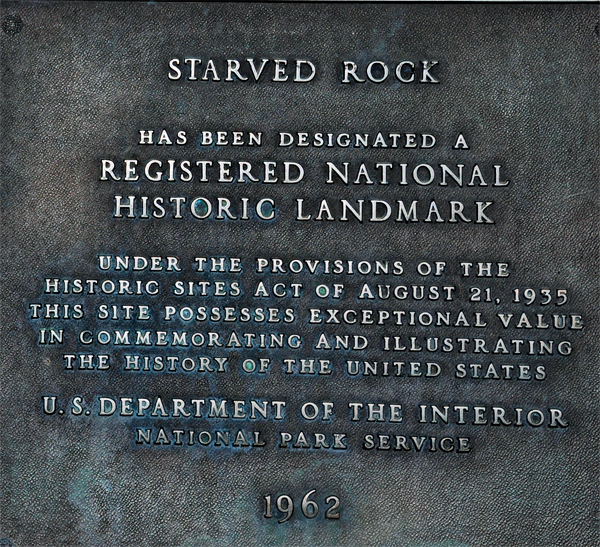 |
There are various local legends about how Starved Rock got its name. The most popular is a tale of revenge for the assassination of Ottawa leader Pontiac, who was killed in Cahokia on April 20, 1769, by an Illinois Confederation warrior. According to the legend, the Ottawa, along with their allies the Potawatomi, avenged Pontiac's death by attacking a band of Illiniwek along the Illinois River. The Illiniwek climbed to the butte to seek refuge, but their pursuers besieged the rock until the tribe starved to death, thereby giving the place the name "Starved Rock". The legend sometimes maintains, falsely, that this resulted in the complete extermination of the Illiniwek. There is no historical evidence that this siege ever happened. An early written report of the legend was related by Henry Schoolcraft in 1825.
In 1919 Edgar Lee Masters, author of Spoon River Anthology,
wrote a poem titled "Starved Rock" in which he voiced a dramatic
elegy for the Illini tribe whose tragic death thus gave rise to the
name of the dramatic butte overlooking the Illinois River. (Macmillan
Company, N.Y., 1919.) Above quotes from https://en.wikipedia.org/wiki/Starved_Rock_State_Park |
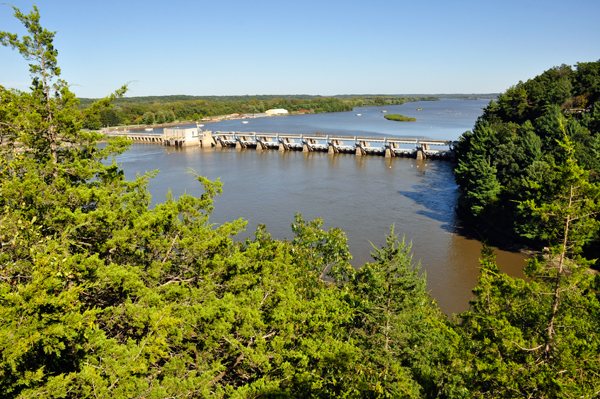 |
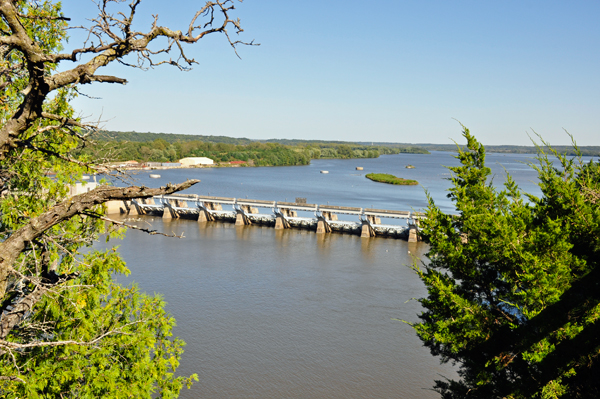 |
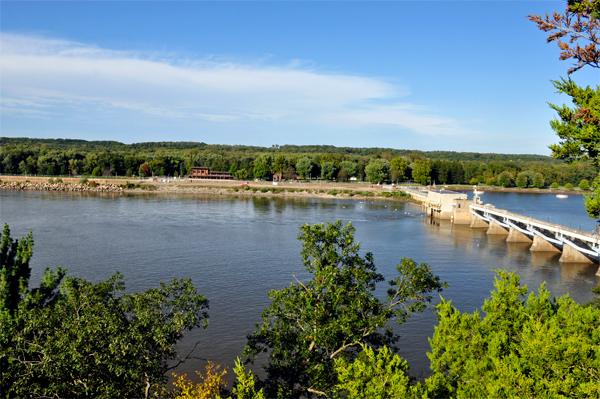 |
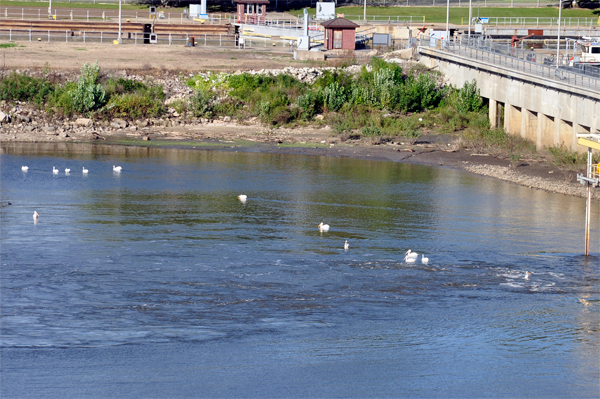 |
 |
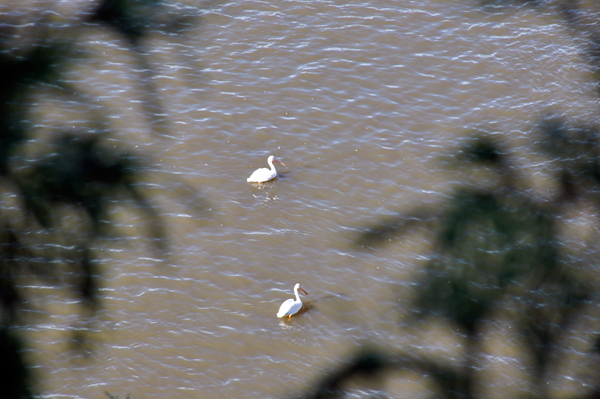 |
Below: Boats in the lock |
Below: The hiking map |
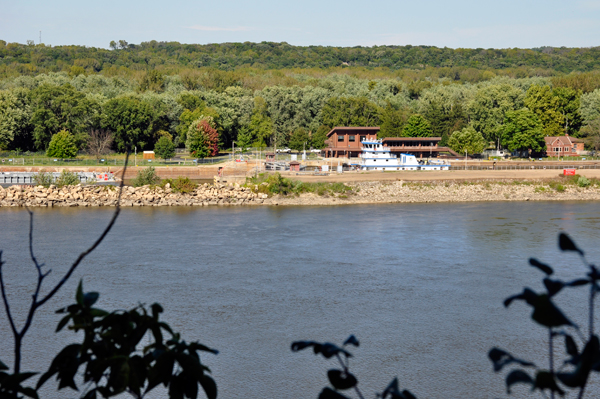 |
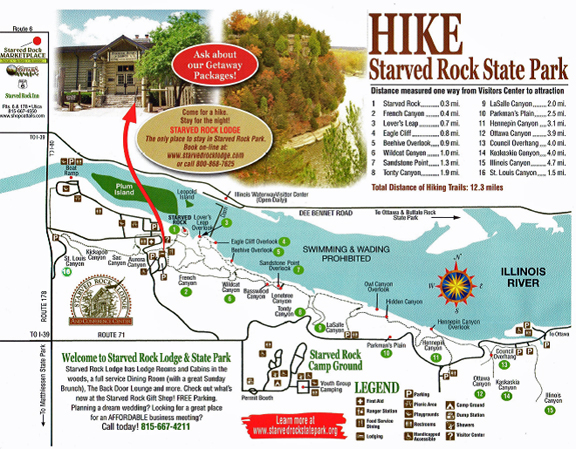 |
Below: First the two RV Gypsies
walked the 0.3 mile Starved Rock trail. Not much of Starved Rock itself
could be seen because the trail is actually on top of Starved Rock. |
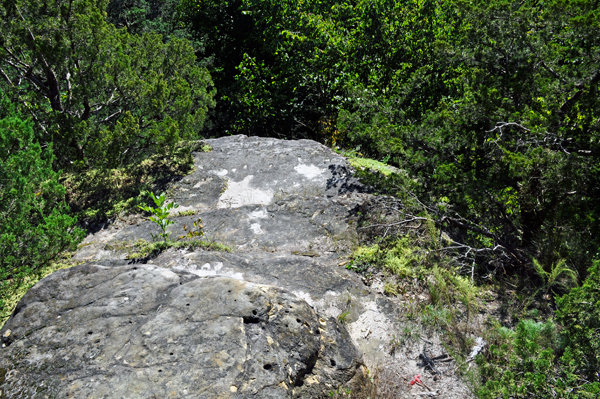 |
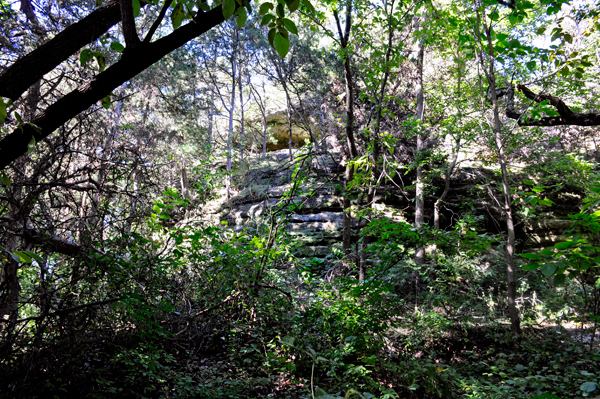 |
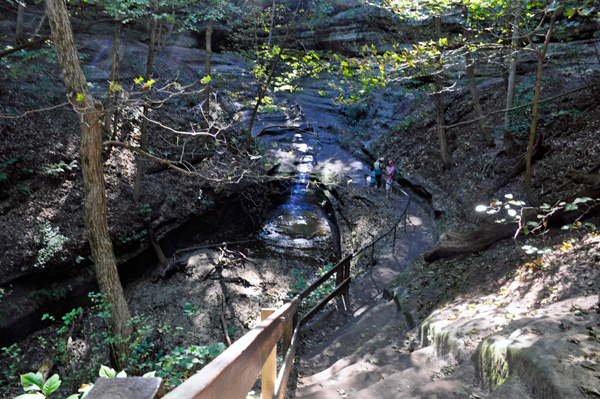 |
Below: some of many stairs along the trails |
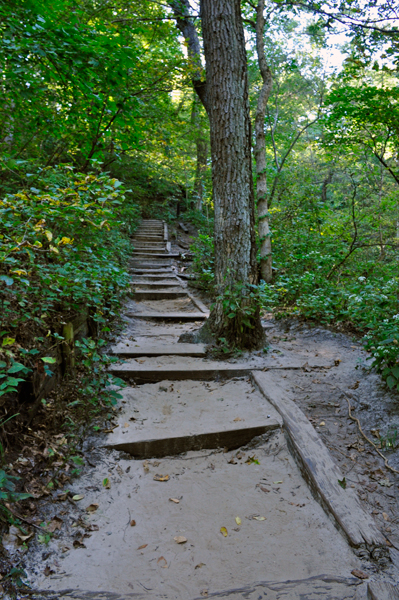 |
Below: French Canyon - 0.4
mile hike |
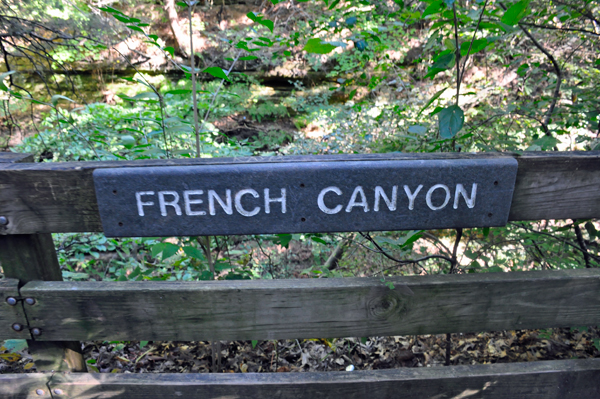 |
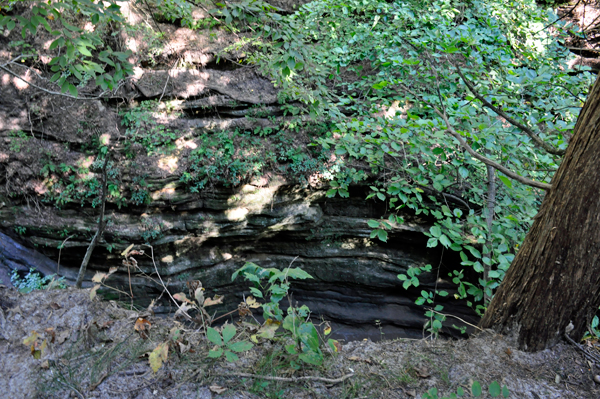 |
Looking down into French Canyon
at the hiker below |
a small stream |
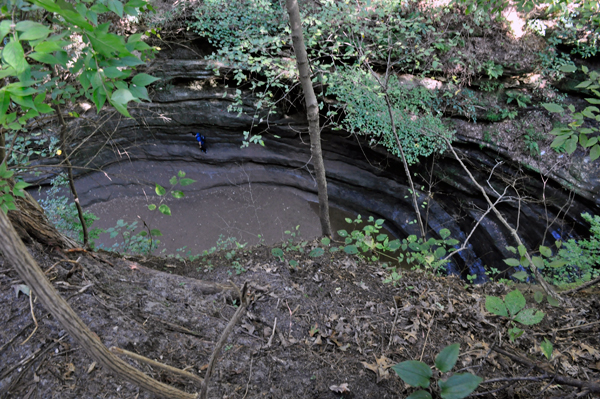 |
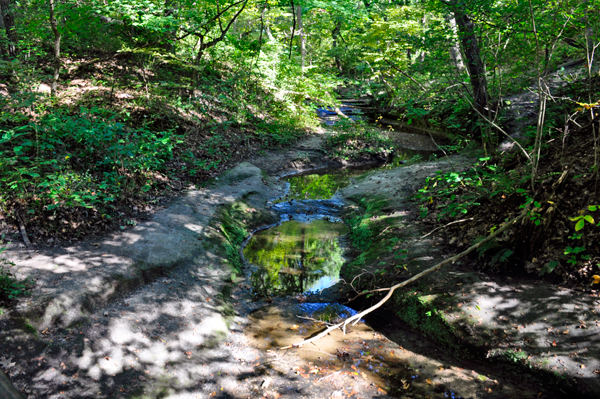 |
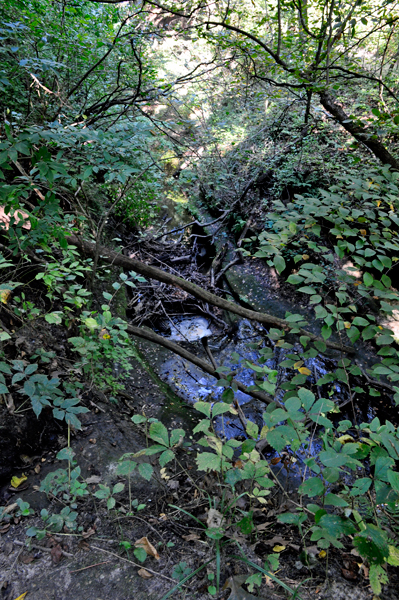 |
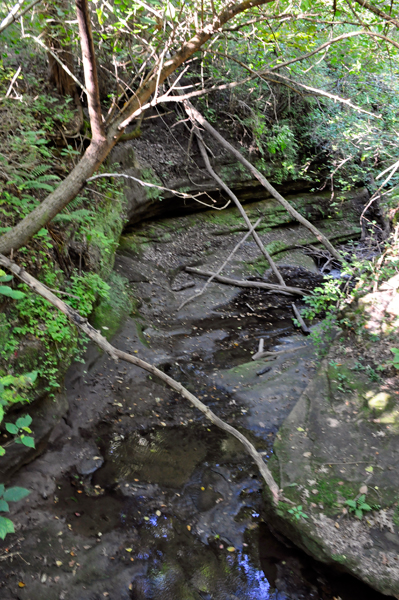 |
Below; Campanula Trail |
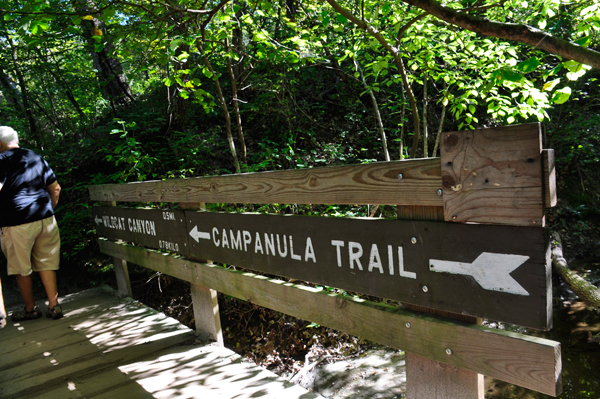 |
Below: Looking down at the
waterfall far below the lookout. |
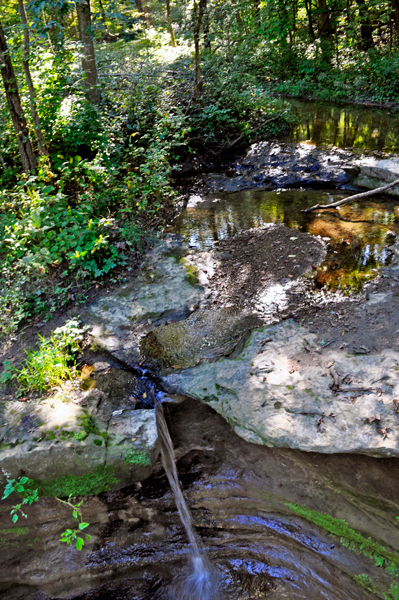 |
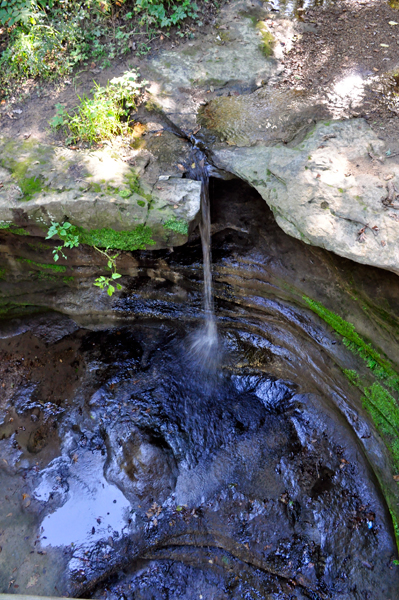 |
Below: Wildcat Canyon -
1.0 mile trail |
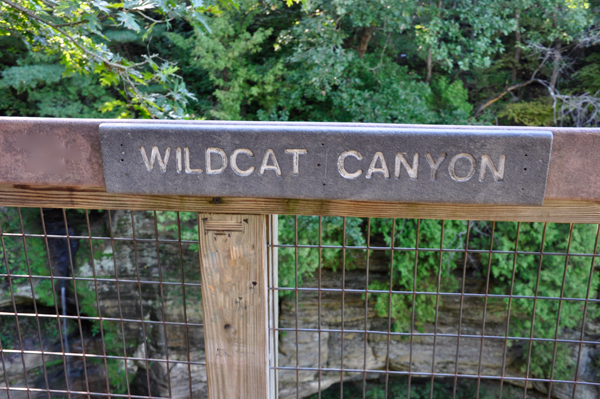 |
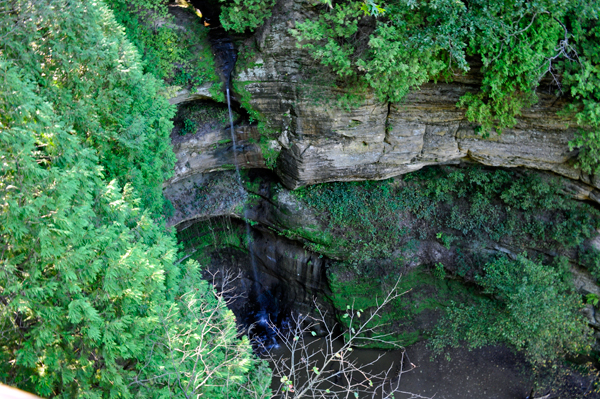 |
Below: From Wildcat Canyon
Overlook looking down on the waterfall |
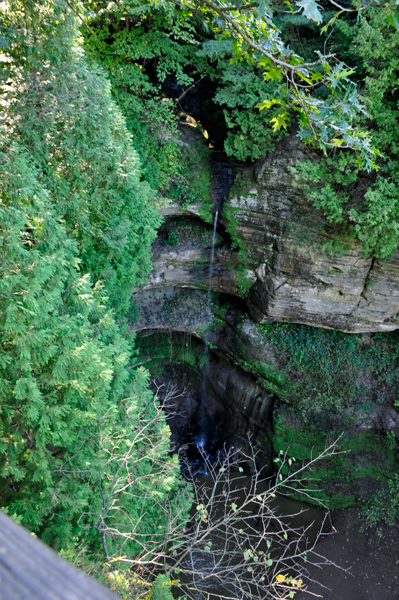 |
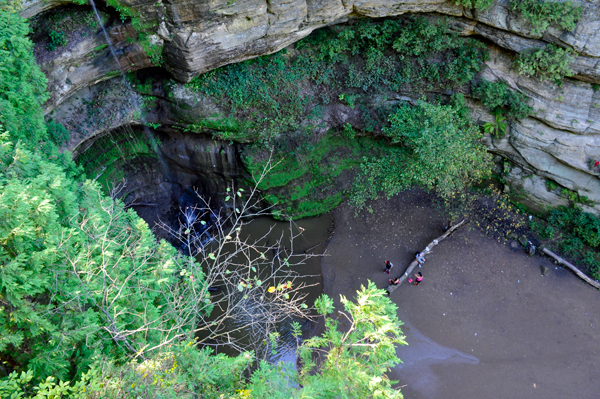 |
Below: Pontiac Canyon |
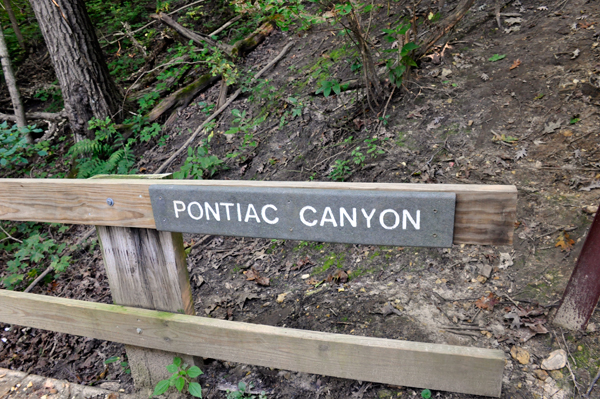 |
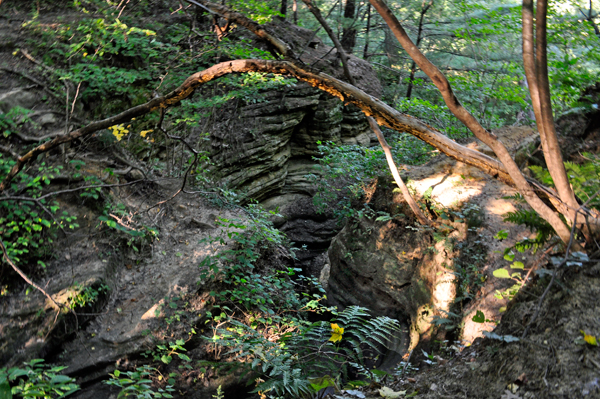 |
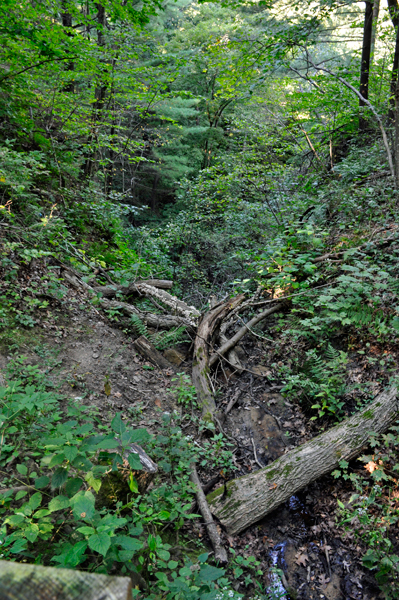 |
 |
Below: Lovers Leap Overlook
0.7 mile trail |
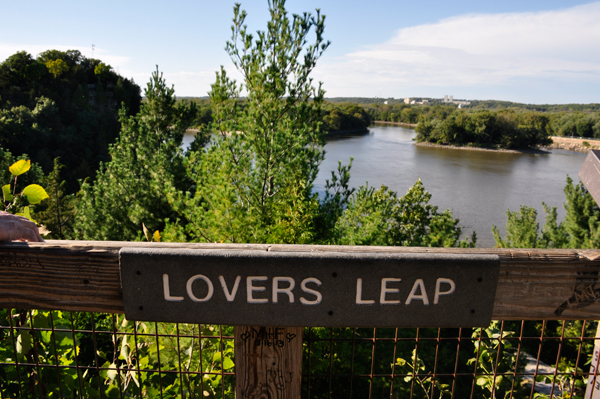 |
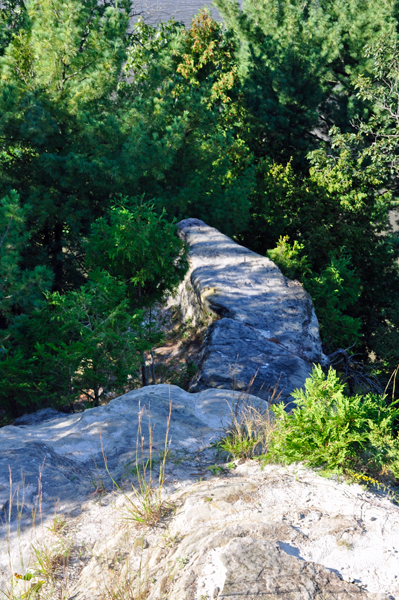 |
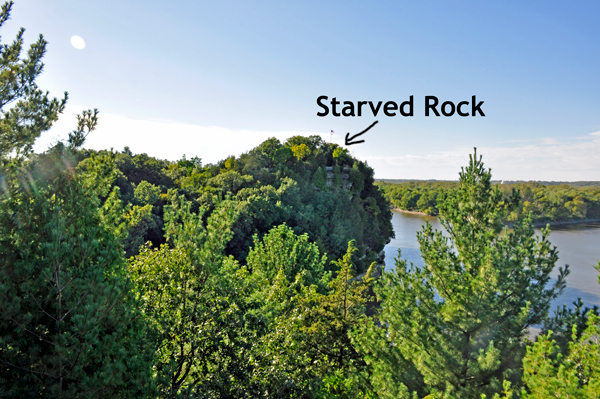 |
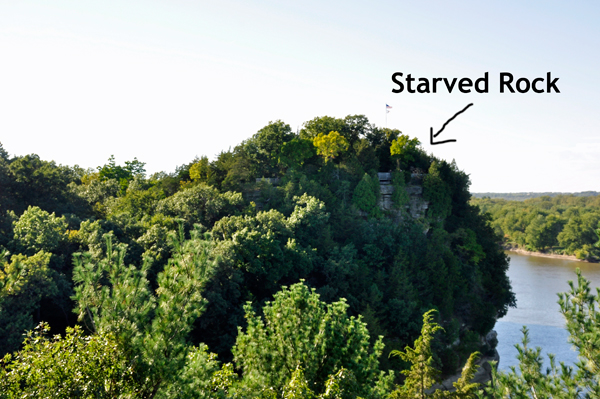 |
Below: Plum Island |
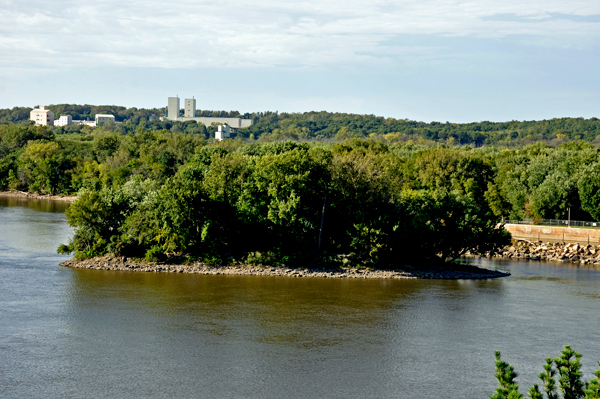 |
Below: Eagle Cliff Overlook |
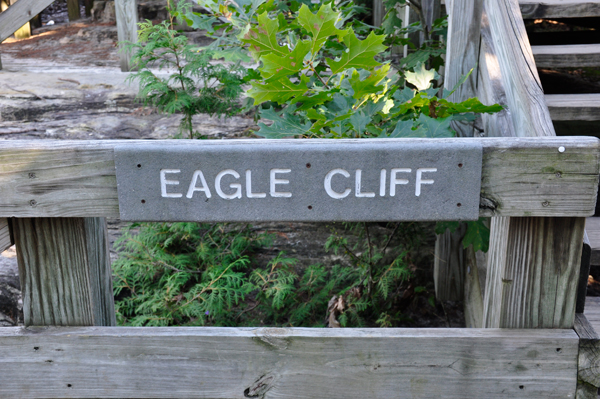 |
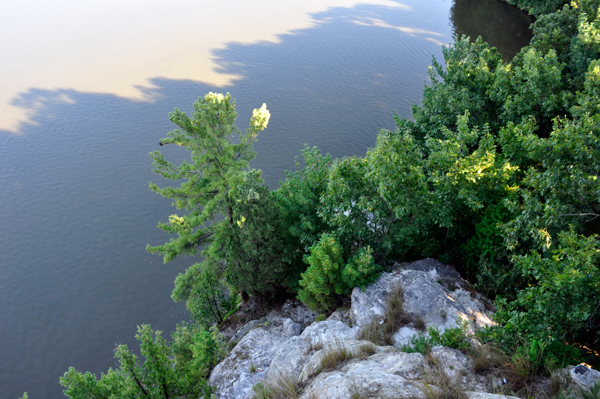 |
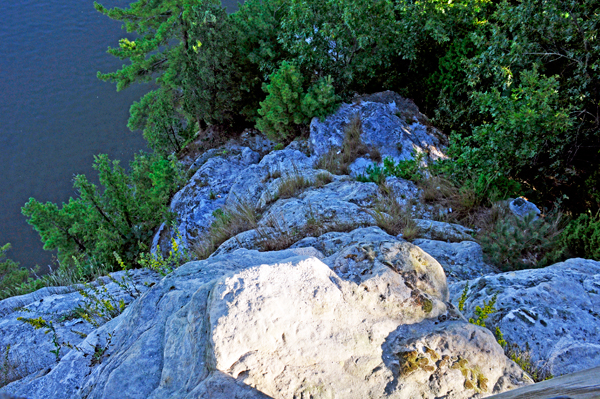 |
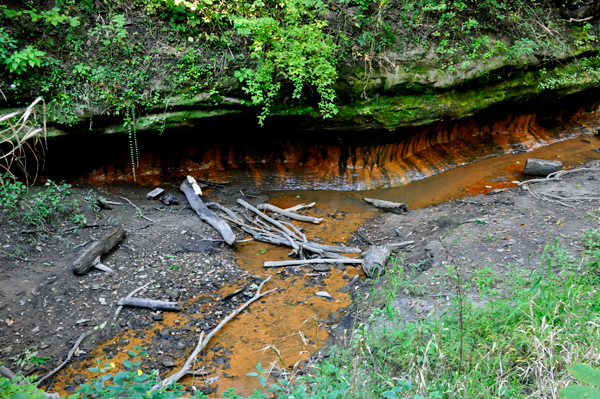 |
Below: At this point, the
two RV Gypsies had walked in a loop and were back at the dam. They had
been hiking for several hours, and had only covered a small portion
of Starved Rock State Park, maybe only 4-1/2 miles total. The entire
distance of all trails would be 12.3 miles. |
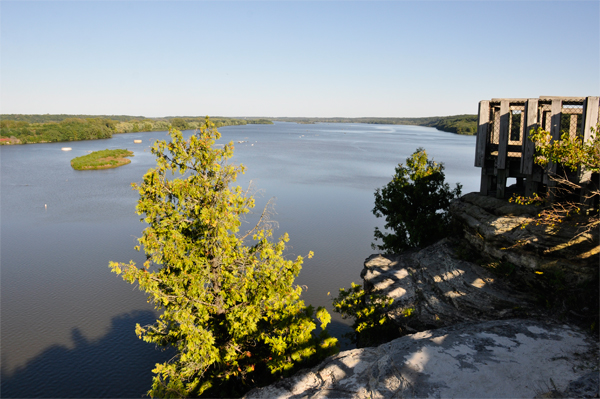 |
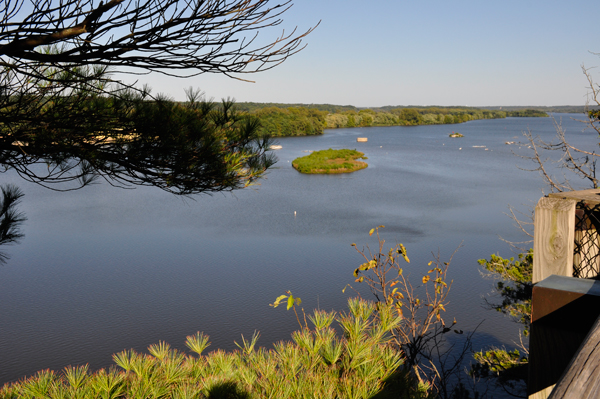 |
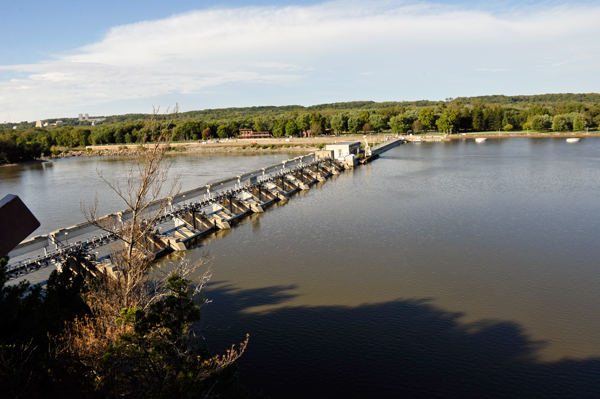 |
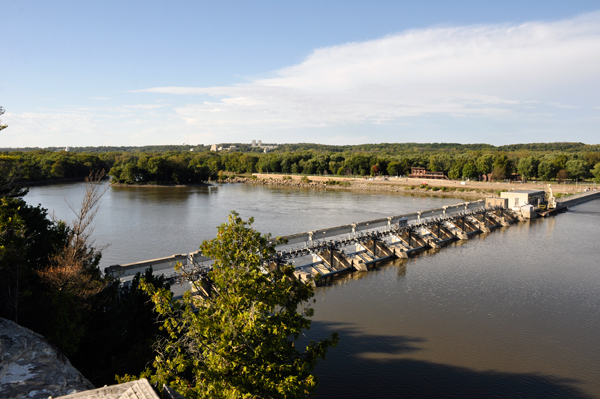 |
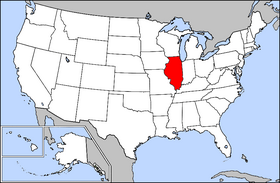
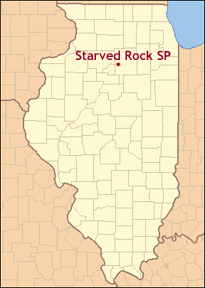












































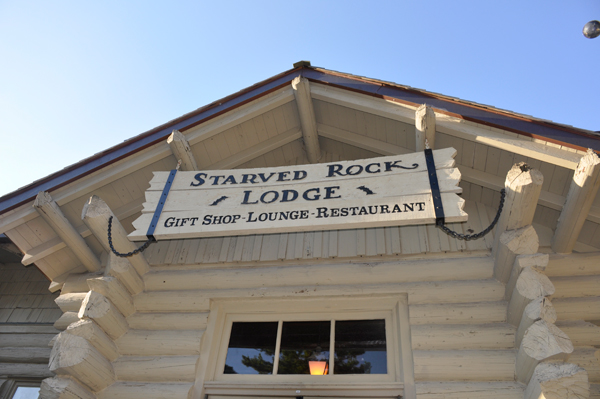
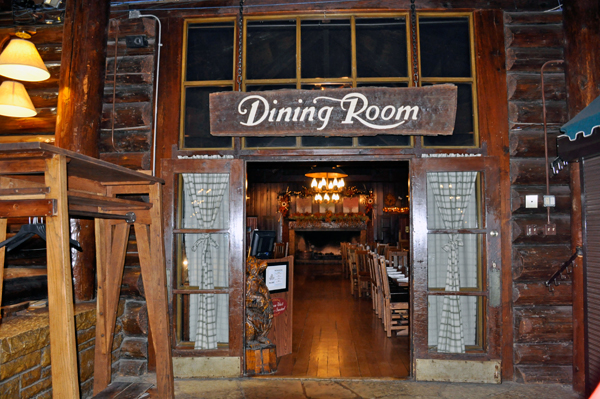
 Before European contact, the area was home to Native Americans, particularly the Kaskaskia who lived in the Grand Village of the Illinois across the river. Louis Jolliet and Jacques Marquette were the first Europeans recorded as exploring the region, and by 1683, the French had established Fort St. Louis on a large sandstone butte overlooking the river, they called Le Rocher (the Rock). Later after the French had moved on, according to a local legend, a group of Native Americans of the Illinois Confederation (also called Illiniwek or Illini) pursued by the Ottawa and Potawatomi fled to the butte in the late 18th century. In the legend, around 1769 the Ottawa and Potawatomi besieged the butte until all of the Illiniwek had starved, and the butte became known as "Starved Rock". The area around The Rock was designated a National Historic Landmark in 1960. The park region has been the subject of several archeological studies concerning both native and European settlements, and various other archeological sites associated with the park were added to the National Register of Historic Places in 1998.
Before European contact, the area was home to Native Americans, particularly the Kaskaskia who lived in the Grand Village of the Illinois across the river. Louis Jolliet and Jacques Marquette were the first Europeans recorded as exploring the region, and by 1683, the French had established Fort St. Louis on a large sandstone butte overlooking the river, they called Le Rocher (the Rock). Later after the French had moved on, according to a local legend, a group of Native Americans of the Illinois Confederation (also called Illiniwek or Illini) pursued by the Ottawa and Potawatomi fled to the butte in the late 18th century. In the legend, around 1769 the Ottawa and Potawatomi besieged the butte until all of the Illiniwek had starved, and the butte became known as "Starved Rock". The area around The Rock was designated a National Historic Landmark in 1960. The park region has been the subject of several archeological studies concerning both native and European settlements, and various other archeological sites associated with the park were added to the National Register of Historic Places in 1998.


























